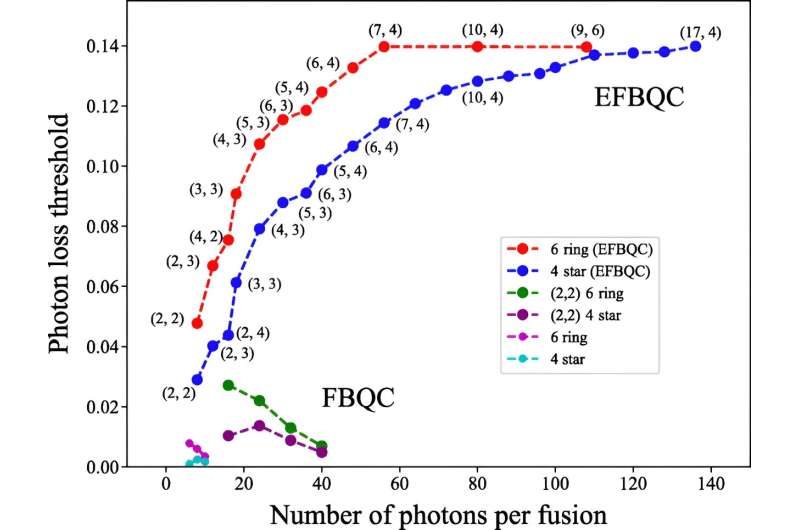
September 9, 2024 by National Research Council of Science and Technology
Collected at: https://phys.org/news/2024-09-quantum-error-technology-outperforms-world.html
Solving the problem of error is essential for the practical application of quantum computing technologies that surpass the performance of digital computers. Information input into a qubit, the smallest unit of quantum computation, is quickly lost and error-prone.
No matter how much we mitigate errors and improve the accuracy of qubit control, as the system size and computation scale increase, errors accumulate and algorithms become impossible to perform.
Quantum error correction is a way to solve this problem. As the race for global supremacy in quantum technology intensifies, most major companies and research groups leading the development of quantum computing are now focusing on developing quantum error correction technology.
Dr. Seung-Woo Lee and his team at the Quantum Technology Research Center at the Korea Institute of Science and Technology (KIST) have developed a world-class quantum error correction technology and designed a fault-tolerant quantum computing architecture based on it. The paper is published in the journal Physical Review Letters.
They have demonstrated that this technology can outperform the quantum error correction technology recently developed by PsiQuantum, a global leader in the development of general-purpose quantum computers.
The performance of universal quantum computing with quantum error correction is evaluated by its fault-tolerance threshold. This threshold indicates how well errors in quantum computing can be corrected, and the better the error correction technology and architectural design, the higher the value.

PsiQuantum, an American quantum computer developer, has proposed a quantum computing architecture that utilizes photon entanglement resources, fusion techniques, and error correction technology, and is developing universal quantum computing hardware based on it. The photon loss threshold of the PsiQuantum method is reported to be 2.7%.
The new error correction technique and quantum computing architecture developed by the KIST research team outperforms this. KIST’s technology can achieve a photon loss threshold of up to 14%, which is currently the highest threshold in the world. In addition, KIST’s error correction technique is much more resource-efficient than its quantum counterpart, even with the same photon consumption.
The research is the first of its kind in Korea, and it is significant that Korea, a laggard in the field of quantum computing, has developed a world-class core technology. In particular, quantum error correction technology is an essential element in the development of quantum computers utilizing not only photon-based but also superconducting qubits, ion traps, and neutral atoms, which are highly competitive in R&D worldwide.
This achievement is expected to play an important role in building an independent quantum computing system by applying this achievement, which has completed domestic and international patent applications.
“Just like semiconductor chip design technology, designing fault-tolerant architecture is important for quantum computing,” said Dr. Seung-Woo Lee of KIST. “Even if there are 1,000 physical qubits, it would be difficult to compute a single logical quantum task unless there is a structure that performs quantum error correction.
“The practicalization of quantum computing is still a long way off, but we believe that our research has contributed to bringing that time forward,” said Dr. Lee.
More information: Wooyeong Song et al, Encoded-Fusion-Based Quantum Computation for High Thresholds with Linear Optics, Physical Review Letters (2024). DOI: 10.1103/PhysRevLett.133.050605. On arXiv: DOI: 10.48550/arxiv.2408.01041
Journal information: Physical Review Letters , arXiv

Leave a Reply